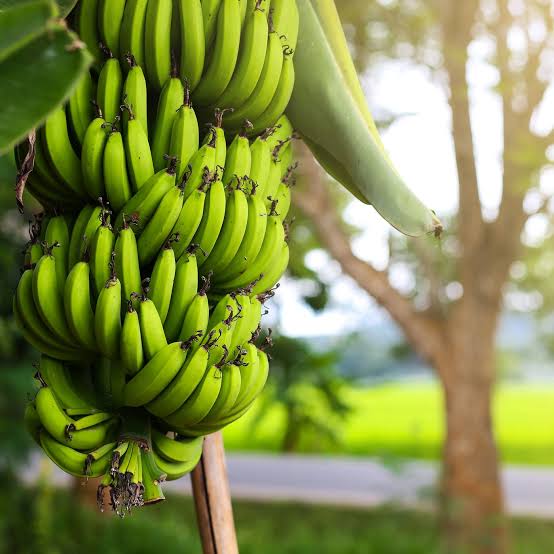The world’s most popular banana may be on the verge of extinction. Similar to humans, bananas are affected by the pandemic too. 99% of bananas are exported to developed countries mainly from group Cavendish. These plants look very healthy. These bananas are usually found in many supermarkets around the world because they are yummy, they look nice and they ripen as they are transported.
But there is a problem with these as it doesn’t have seeds. No, seeds means Cavendish bananas are clones of each other. The only way to propagate them is in-vitro, where they take suckers from the base of an older plant.These plants have Domino effect, a disease which spreads to plants but not humans. It kills the banana plant and no more lets it grow.
To make sure the fungus doesn’t spread, the farms across Columbia have implemented biosecurity measures. Workers washes every car that comes in. Just in case there is any bacteria hiding in the tyres.
Workers in the field measure the banana fingers to make sure they are ready to harvest. They usually wait for about 12 to 15 weeks after the stem shows up. Later, one worker cuts the 65 pounds
Bando and the others catch it and carry it to the cable connector. That Cable wire system brings all banana bunches to the packaging place. Initially, the workers sanitize the bunches with chlorine. Later, they check for banana quality and the signs of damage if any.
They cut into bushes and put them into huge tankers where it washes the late mark on peel. The bananas are cut into smaller bunches of 5 to 7. Workers pack the bananas carefully so that they won’t lose. They are put into boxes and are moved into trucks. Bananas are moved to nearby ports and then they are transported by ships.

